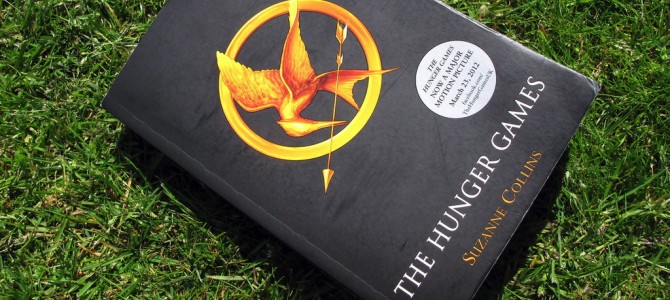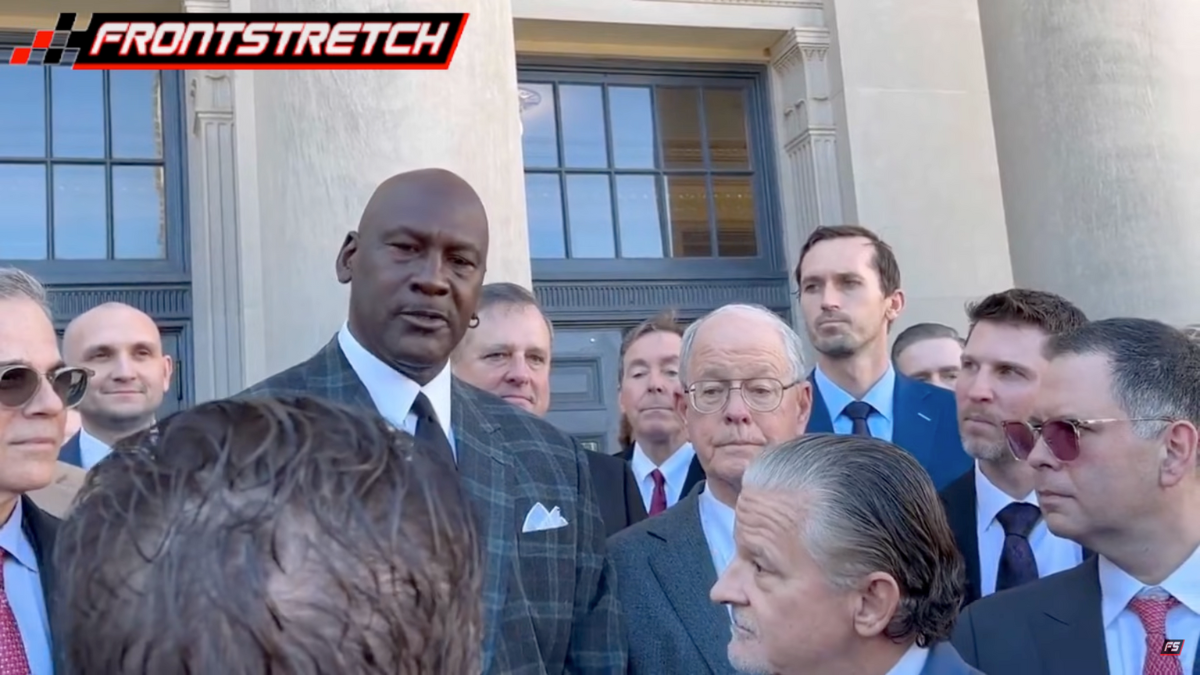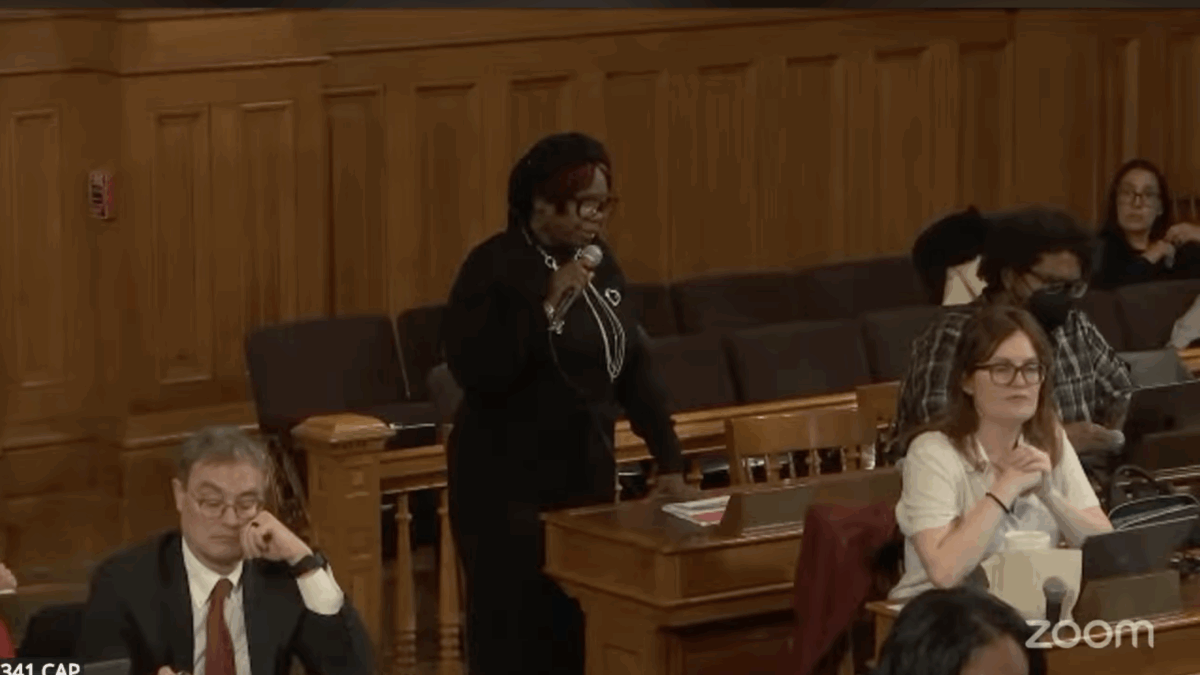
The myths, folk tales, and fiction of every culture are part of a feedback loop that both reflects and also shapes cultural values. Such tales provide their listeners with heroes to be imitated and enemies to be despised, with dreams to be chased and errors to be avoided, and, above all, with a sense of what is normal in the world. Through stories comes a sense of shared culture and a shared way of interpreting life. Youths of ancient Greece and Rome were immersed in the hierarchic, heroic culture of The Iliad. Uncle Tom’s Cabin magnified nineteenth-century disapproval of slavery. The Andy Griffith Show upheld trust in the wisdom and authority of sensible, masculine American virtue. These stories all helped to shape the social outlook of young people and to prepare them for entrance into the adult world. In the last forty years, the stories that our culture provides for our youth have acquired a strangely regressive message. It is a change that both reveals and contributes to the tribalism and generational isolation of our era.
It is obvious that in books written specifically for young people, our current heroes are allowed to break a great many former taboos: Katniss Everdeen of The Hunger Games kills people (initially in self-defense but, also, later for revenge) and teenaged Hazel of The Fault in Our Stars sleeps with her boyfriend and lies to her parents about what she was doing at the time. In addition, countless action movies portray “heroes” who pull off high-stakes heists, litter the screen with collateral damage, or use deception to vanquish their foes. Our culture may not treat these misdeeds as laudable, but neither do we feel that they disqualify anyone from being a good guy or even a role model. There is only one rule that a modern, fictional young hero must never break.
The modern young hero must never waver in unfailing loyalty to his or her band of friends. Such loyalty is essential because, in most contemporary stories, the older generation is absent, evil, inept, or unable to understand. Even family-centered tales such as Pixar’s Finding Nemo present scenarios in which it is the adults who must apologize to the children. 2013 Newbery Honor winner Splendors and Glooms by Laura Amy Schlitz is representative of this trend in fantasy. It follows three children from foggy, grimy, nineteenth-century London. One little girl is the sole survivor of five siblings, neglected by her wealthy parents and raised in an atmosphere of stifling grief and guilt. The other two protagonists are penniless orphans who work for a sinister puppeteer with magical powers. When the puppeteer kidnaps the wealthy girl, all three children are caught in a struggle for survival. They are not all “good” kids in the traditional sense—one of them is selfish and a thief—but they are ultimately loyal to each other. In the end, it is they who are able to find the answers with which to defeat and even redeem their adult enemies. The message of such stories is that the world is a dark and frightening place, but that personal loyalty to a few key friends (a type of love) will get one through.
This type of story might seem merely an extension of the traditional fairytale in which the hero is invariably an orphan or an abused youngest-son. However, in traditional tales, group loyalty is not the key to success. Typically the hero is aided by aged women, talking animals, or other mysterious characters who offer cryptic but necessary aid. Such a structure communicates a sense that even if the world is dangerous, one is never dependent only on one’s peers, because powerful and benevolent forces exist and will come to one’s aid (such a message is part of the value of fairytales, according to C.S. Lewis). It also suggests the value of obedience to certain rules: the traditional fairytale hero must follow his benefactor’s apparently arbitrary advice, without understanding it, in order to succeed. Both of these concepts encourage multi-generational cooperation. In contrast, the hero of modern youth literature is very, very rarely saved by obedience to an adult figure. He is more likely to triumph by deviating from whatever advice the grown-ups have given or whatever rules they have laid down.
Breeding distrust
Mid twentieth-century novels also contain rule-breaking protagonists, but the flavor is different from that of current tales. John Dennis Fitzgerald’s The Great Brain series (published in the 1960’s and ‘70’s and based on the author’s late nineteenth-century childhood) narrates the adventures and misadventures of a boy who is very clever, entrepreneurial, and sometimes difficult for adults to handle. This character gives the priests at his strict Catholic boarding school quite a run for their money in The Great Brain at the Academy as he employs various money-making schemes. However, his contest with the adults is not without goodwill. They are clearly benevolent, honorable, and often wise. His task is to learn to live successfully within the rules created by adults (a delicate balance for an entrepreneur with a head full of schemes) but not to actually escape all obedience. Other vintage tales like Paddington Bear or even Amelia Bedelia allow young readers to glory in characters who “get away” with causing havoc. Yet these stories are only funny because they are set within a framework of adult-created norms. Because they ultimately reinforce the idea that adults provide safety, they do not encourage intergenerational hostility. Rule-breakers in contemporary fiction are different: they do not find security in the shadow of the adult world. They break out of the adult world as if its shadows are cold, dank, and dangerous.
There are many possible explanations for why adults write fiction that encourages young people to distrust us. Perhaps we are postmodern enough to feel that adults inherently possess undue influence over young people, and that kids are more likely to “find their own truth” if they seek it through relationships with peers; or perhaps, contrariwise, we feel that only youth are open enough to our influence to accept whatever brave new world we want to offer. Perhaps it is merely another example of the polarization of America and the perception that at least 49% of the adults in our nation are too wrong-headed to be suitable influences. Perhaps we are so aware of physical, emotional, and sexual abuse against children that we view other adults as dangerous and try to provide stories that damaged children can identify with. Perhaps today’s “helicopter parenting” results in a desire to compensate our sheltered children for their lack of independence by giving them adventurous fictional heroes. Perhaps too many of us were failed by our own parents, teachers, and role-models—perhaps they destroyed our youthful worlds with their infidelity, addictions, or other problems, and we reflect our own pain back to our children in the stories that we provide.
No matter what the explanation, when young adult fiction encourages reliance on transitory, peer-based relationships, it casts off the unifying role that classic literature once played. Our stories no longer bind multiple generations together. Instead they divide them. The mere existence of young adult and “new adult” fiction illustrates the way that we are continually adding new brackets to specialized and segregated age categories instead of expecting young people to integrate into the adult world. In fact, we even structure young people’s lives in ways that decrease adult influence and increase peer culture: our children are separated by age at school and attend age-specific youth programs at church (often never participating in traditional services that are designed for all-ages). They listen to their own music and text in their own language. The qualities which unify a culture, such as music, etiquette rules, and stories, are all things of which youth have their own.
Nothing more than a narrow tribalism
Many young adults, especially those from the less affluent backgrounds, feel that they live in a world where family and community have eroded to the point of dysfunction. Personal loyalty may be their only hope in a dark, chaotic, and existential world. This kind of loyalty is the same moral value on which both gangs and tribes are built, and in many ways, our culture encourages a new kind of clique-like tribalism. Paradoxically, however, such loyalty is also constantly mutating, because our peer-oriented relationships (friendships and marriages) are self-chosen and therefore dissolvable. In real life the group loyalties break and reconfigure under strain. Such single-generation tribalism is also incredibly narrow. G. K. Chesterton argues that families are far more broadening than self-chosen companions because they force individuals to learn to understand many kinds of people. In fact,
“There is nothing really narrow about the clan; the thing which is really narrow is the clique. The men of the clan live together because they all wear the same tartan or are all descended from the same sacred cow; but in their souls, by the divine luck of things, there will always be more colours than in any tartan. But the men of the clique live together because they have the same kind of soul, and their narrowness is a narrowness of spiritual coherence and contentment, like that which exists in hell…. It is a machinery for the purpose of guarding the solitary and sensitive individual from all experience of the bitter and bracing human compromises” (from Heretics).
This tribalism is damaging to children. Young people long to belong to something bigger than themselves (and this means bigger than their own generation). Children need community, structure, guidance, and history. In short, they need to belong to a culture instead of being left to form their own. When we adults are unwilling to take responsibility for our natural influence over the next generation (whether through modesty, fear, or laziness) we demonstrate cowardice. Of course, no matter what our modern entertainment portrays, children are still raised in families by parents. No one really turns five-year-olds loose with instructions to save the world. Yet the cultural message as seen in modern stories is pervasive, powerful, and damaging. Whether children are reading about Percy Jackson’s band of friends or situations where even the “good” adults are trying to use and manipulate Katniss, only one type of virtue is nurtured in their souls: the virtue of personal loyalty to people who are like themselves. People that they have chosen. People who, despite superficial diversity, cannot help them broaden their minds beyond a narrow tribalism. That is more primitive than the oldest folk tale. Yet fiction is one of the ways that we can provide comfort and help to children. Fiction reflects life, but it also shapes it. It forms young readers’ sense of normal. It shapes their imaginations by demonstrating that truth, goodness, and beauty can be pursued by all of us regardless of age. It is a way to overcome the tribalism of generation.
Anna blogs at Don’t Forget the Avocados.









